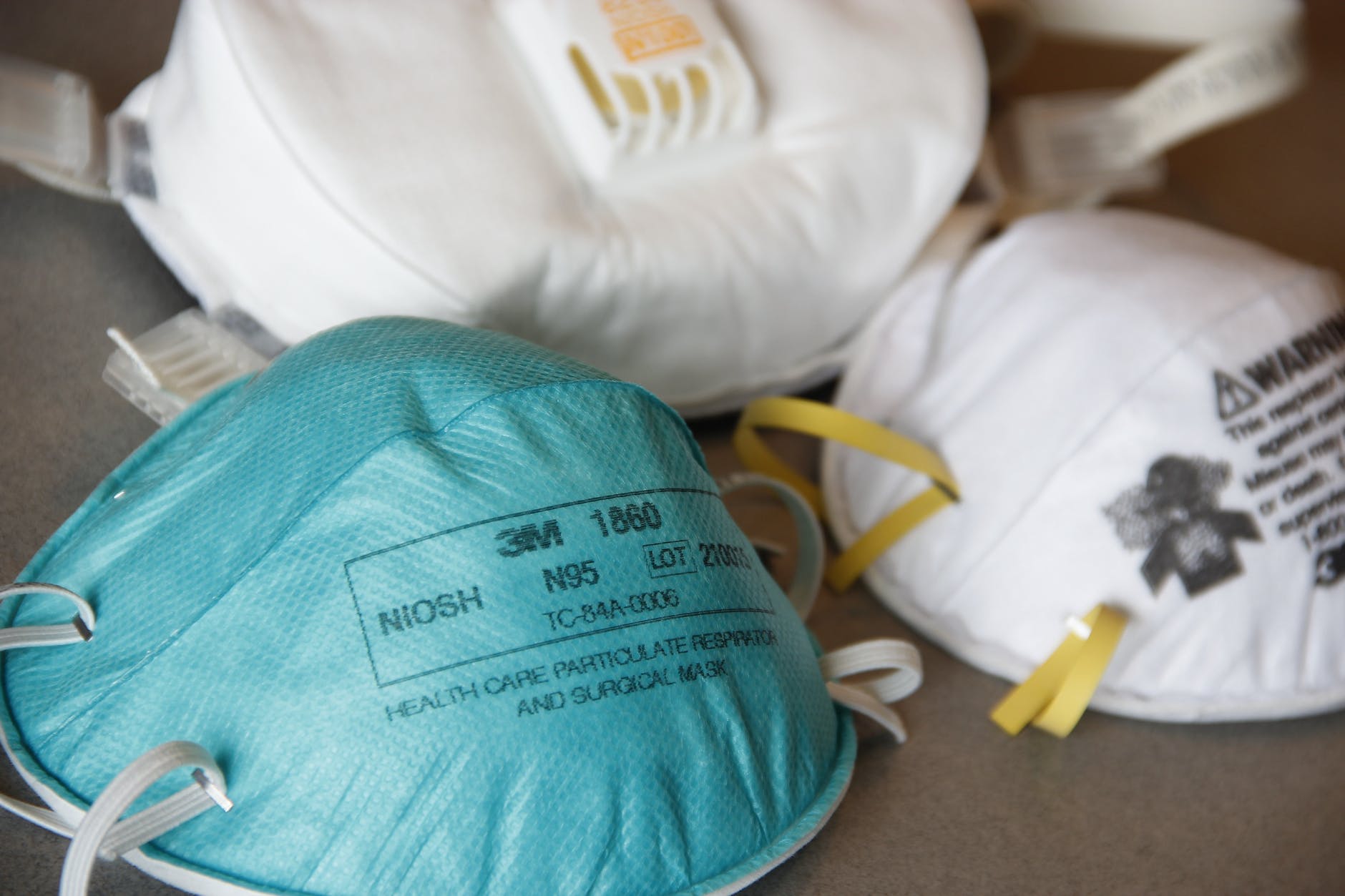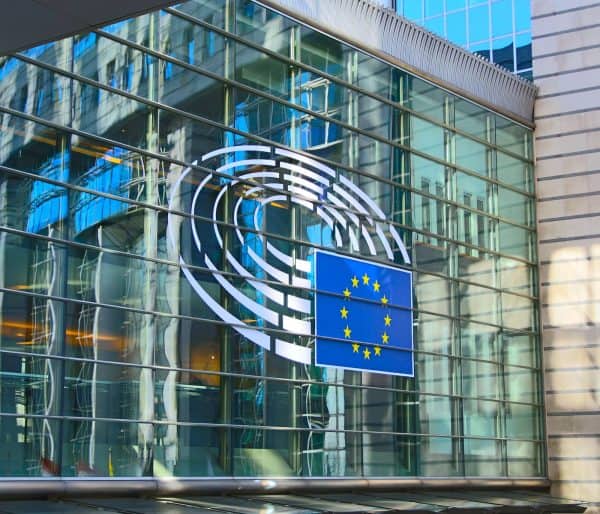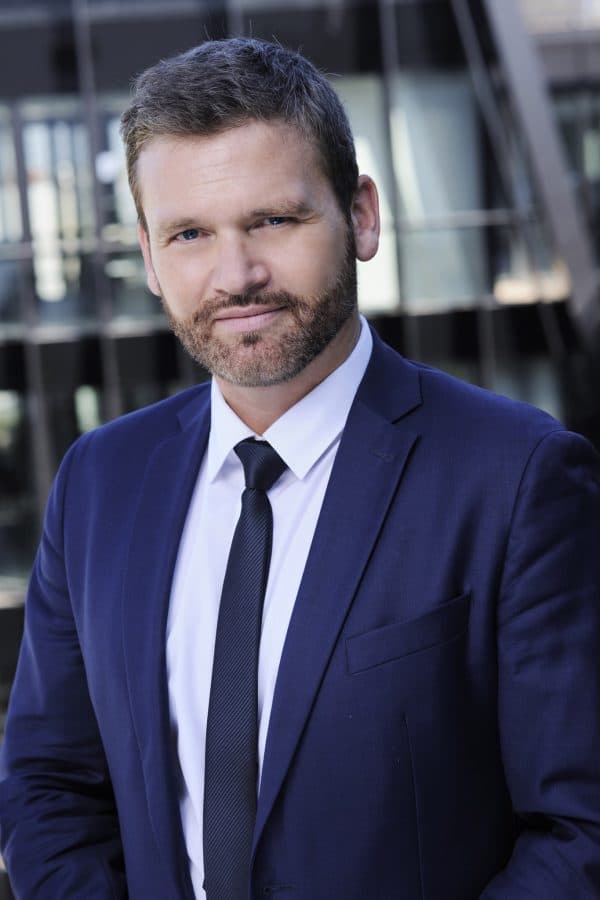Despite being taken into consideration only slightly in the EU’s current farming subsidies programme, Conservation Agriculture is set to play a central role in the green architecture of the post-2020 Common Agricultural Policy (CAP).
Conservation Agriculture (CA) lends itself easily to misinterpretations, as the term ‘conservation’ often indicates activities involving the preservation and restoration of degraded natural habitats to improve biodiversity.
However, although CA also promotes biodiversity, it mostly addresses issues referring to a different phenomenon: soil degradation.
Soil organic matter has been increasingly depleted thanks to land-use intensification and mono-cultures, while the use of heavy machinery stresses the soil by causing ground compaction.
CA works to address this via a suite of farming practices designed to avoid physical degradation, such as growing a permanent protective plant cover on the soil and advocating for an agricultural production system based on a total or partial reduction of ploughing and tilling.
According to the European Conservation Agriculture Federation (ECAF), agronomic practices included in CA are based on three core principles to be fulfilled concomitantly: minimum soil disturbance, maintenance of permanent soil covers and cropping system diversity.
Advocators argue that these practices can bring economic savings for farmers in terms of energy efficiency, while also contributing to decreasing greenhouse gases emissions and building resilience of the agricultural system to climate change.
No-tillage and soil cover
Among the CA’s practices, no-tillage and groundcovers are the most widely known.
No-till, or reduced-till, agriculture is the practice of planting crops without tilling the soil, which is the conventional way of preparing the soil for planting by digging, stirring, and turning it over.
Although no-tillage and reduced tillage can help prevent run-off and erosion, the practices have been slow to take off in Europe.
According to the European Commission, reduced tillage or conservation tillage is practised on around 21.6% of the arable land in EU, while no-tillage is applied to only 4% of arable land.
In a parliamentary question filed last March, the Bulgarian MEP Atidzhe Alieva-Veli asked the EU executive whether it is going to promote the implementation of ‘no-till technology’ by including it as a green measure in the post-2020 CAP.
For the liberal lawmaker, “no-till technology is an approach that should be encouraged as a regenerative form of agriculture that ensures not only high agricultural productivity but also soil regeneration.”
Replying to Alieva-Velli, the Commission recognised the environmental and climate-related benefits of reducing mechanical disturbance of the soil, adding that the CAP already supports specific practices aimed to protect soil against degradation, including minimum or zero tillage, conservation of crop residues and green covers.
As for ground-covers, they refer to the periods of the year when the soil is covered by residues or crops, including catch or cover crops.
Cover crops are efficient in reducing soil and nutrient loss by keeping the land continuously covered with vegetation during the whole year.
In the EU-28 during winter of 2010, 44% of the arable area was covered with normal winter crops, 5% with cover or intermediate crops and 9% with plant residues, while 25% was left as bare soil and 16 % of the arable area soil cover was not recorded.
Putting the ‘CA’ in CAP
In the EU’s current farming subsidies programme, a number of measures relevant to CA were included in the rural development policy, known as the CAP’s second pillar.
Member states and regions can include these measures in their rural development programmes according to their specific needs and priorities.
Some aspects related to the main principles of conservation agriculture were also supported under Horizon2020, the EU’s funding for research, and the European Innovation Partnership on agriculture productivity and sustainability.
However, the real step forward for CA’s uptake is expected in the post-2020 CAP reform, as conservation agriculture practices can be promoted under the new system of eco-schemes, the ‘green architecture’ of the programme.
Eco-schemes are available under the direct payments framework, which constitutes the biggest chunk of EU farming funds.
CA practices are listed in three out of ten ‘Good Agricultural and Environmental Conditions’ (GAECs) of the new eco-scheme and include rotation, no ploughing, soil cover, winter crops and crop rotation.
The eco-schemes aim to reward farmers for going even further in the implementation of sustainable agricultural practices, beyond the mandatory requirements set by conditionality.
As proposed by the Commission in the future CAP, these types of practices can contribute to meeting the enhanced environmental and climate ambitions of the agricultural policy.
As in the previous programme, CA practices could be promoted through environmental and climate management commitments available under the rural development framework.
[Edited by Natasha Foote/Zoran Radosavljevic]


















